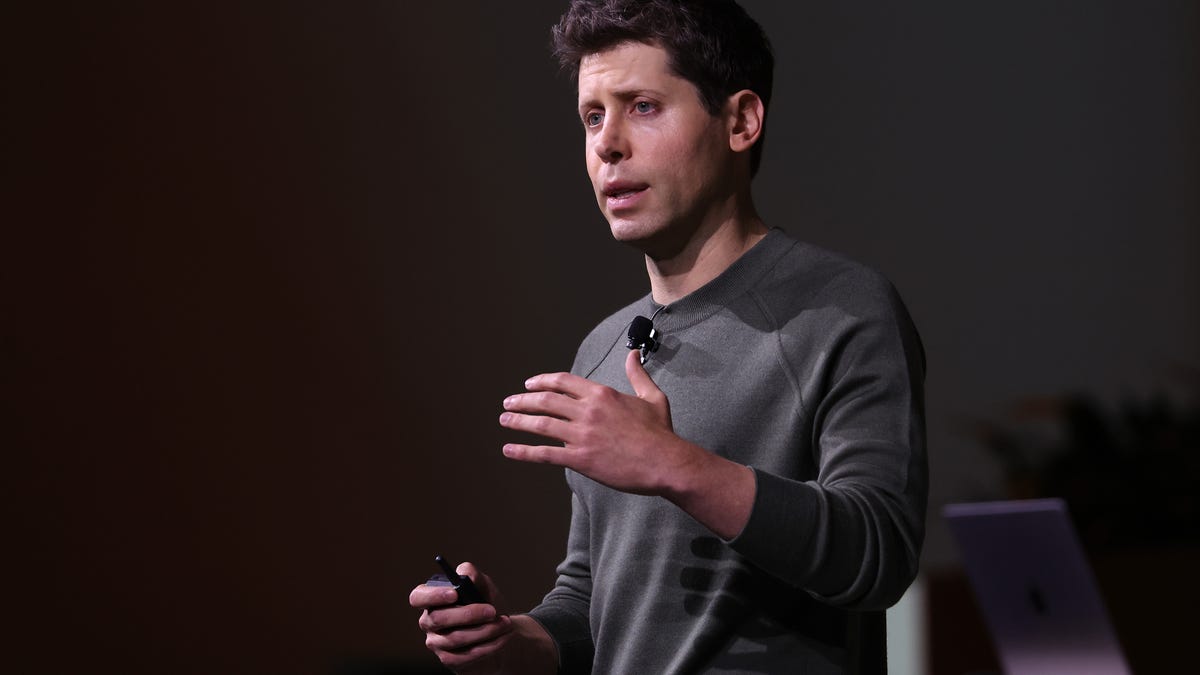- Arvind's Newsletter
- Posts
- Arvind's Newsletter
Arvind's Newsletter
Issue No. #1066
1.Mukesh Ambani: India's top businessman plays at the bottom
India's richest businessman Mukesh Ambani is leveraging the power of less. His Reliance Consumer Products Ltd (RCPL) has just launched a new sports drink, Spinner, priced at Rs 10 in India. RCPL has teamed up with a former Sri Lankan cricketer, spinner Muttiah Muralitharan, to co-create, manufacture and sell sports drinks.
Spinner, will compete with significantly more expensive sports drinks brands like the 50-rupee Gatorade sold by PepsiCo. The low price point is a signature move from Ambani, who has captured large shares of India’s telecom and mutual fund sectors by undercutting the market with freebies and minimal cost, allowing him to win over the country’s emerging consumer class, The Economic Times reported.
2.Indian Industrialists are keen to invest in India’s healthcare services and hospital market- Bajaj group is the latest group with intention to invest in this sector: Bajaj Dynasty Is Said to Earmark $1 Billion for Hospital Chain
Bajaj Group has earmarked 100 billion rupees ($1.1 billion) as an initial investment to establish a chain of hospitals in India, according to people familiar with the matter.
The conglomerate intends to invest the sum in phases to build out a network of affordable and high-class hospitals and health-care facilities, according to the people, who asked not to be identified because the information isn’t public.
Indian media including the Economic Times reported in August that Bajaj planned a foray into hospitals, without disclosing how much it aimed to invest.
3.India's natural gas consumption to rise 60%, imports double by 2030: IEA
Pushed up by higher consumption by the city gas distribution (CGD) sector, natural gas consumption in India is projected to grow by nearly 60 per cent to 103 billion cubic metres (bcm) annually, while gas imports will double by 2030, the International Energy Agency (IEA) said on Wednesday.
The India Gas Market Report: Outlook to 2030, released by the IEA, says this will bring India roughly on par with the current gas consumption of Saudi Arabia. Apart from CGD, India's rising gas appetite is set to be driven by the rapid expansion of compressed natural gas (CNG) infrastructure and the cost advantage of gas over liquid fuels for small industrial users. "Heavy industrial and manufacturing sectors, such as iron and steel production, are also driving demand, collectively adding around 15 bcm per year during this period," it said.
Meanwhile, targeted strategies and policy interventions could boost gas consumption beyond the forecasted trajectory to around 120 bcm per year by 2030, close to the current gas consumption of the entire continent of South America.
4.Indian authorities are cracking down on so-called “finfluencers” accused of running get-rich-quick scams.
One prominent YouTuber, who doled out financial advice and called herself the “She-Wolf of the Stock Market,” allegedly made millions by offering courses that claimed students would easily see their cash multiply, while encouraging people to quit their jobs with “sweeping claims of 300% returns ,” The Economic Times reported.
Authorities said the operation equated to an unregistered investment advisory service. Countries globally are grappling with fraudulent schemes from finfluencers: The UK last year charged former reality TV stars with promoting a foreign exchange scheme , and South Korea arrested 215 people, including a popular YouTuber, for deceiving thousands via a crypto scam.
5.Sam Altman rejected Elon Musk’s $97.4 billion bid to purchase OpenAI. The CEO firmly stated that “OpenAI is not for sale,” nor is its mission.
Meanwhile, the two eccentric founders threw numerous verbal jabs in just 24 hours. Quartz has compiled a list of their spicy back and forth.
6.Tesla stock is tumbling. Blame BYD
Chinese electric vehicle maker BYD to add self-driving capabilities across its auto lines, including the roughly $10K economy Seagull hatchback; BYD passed Tesla as world's biggest EV maker last year.
7.Nissan has another potential saviour.
Taiwan’s Hon Hai is open to buying Renault’s stake in the struggling Japanese carmaker. Hon Hai Chairman Young Liu told reporters on Wednesday the company has approached both Nissan and Honda about a possible cooperation. The company, known also as Foxconn, has been venturing into newer arenas such as electric vehicles to offset stalling smartphone sales (it’s Apple’s main production partner).
8.The Strategic Genius of Taylor Swift: Kevin Evers, HBR
Swift remains a dominant force in music, mastering industry shifts and breaking records through strategic innovation, market expansion, maintaining productive paranoia, and relentless adaptability, offering valuable lessons for business leaders. Her success is about much more than her music—and innovators can learn from it.
9.CATL-The Battery giant set for Hong Kong listing
The world’s biggest battery maker filed to list on the Hong Kong stock exchange, hoping to raise at least $5 billion to consolidate its lead over competitors. CATL is vying to expand its presence, including building production sites across Europe.
Although US firms once produced the most advanced lithium-ion batteries — the technology they’re built on was developed in Texas in the 1990s — China now accounts for more than 70% of global production.
Some fear that US President Donald Trump’s recent rollback of subsidies for the EV industry, one of the biggest purchasers of batteries, will further strengthen Beijing’s advantage. “It is precisely the kind of shortsighted, stop-start thinking that goy us into this mess in the first place,” Thomas Friedman argued in The New York Times.
10.India’s attempt to save the tiger has been a remarkable success: The Economist
In India images of tigers are everywhere. The apex predator is seen accompanying Hindu gods and its face adorns political banners. Yet for most of the country’s history, spotting the actual animal had become ever harder. Poaching, deforestation and other human activity caused tiger populations to collapse from 40,000 at the beginning of the 20th century to fewer than 1,500 in 2006.
But now a recovery is afoot. Since 2006 the number of tigers in India has more than doubled, to 3,682. According to a new study published in the journal Science, the country is now home to 75% of the world’s tigers, despite having just 18% of the global tiger habitat. The big cats prowl 138,200 square kilometres (53,000 square miles) of land across the country, an area roughly the size of Greece.
To explain this trend, the researchers delved deeper into wildlife-survey data, gathered every four years since 2006 at a granular level (in grids of 100 square kilometres). This allowed them to examine how various habitat and economic indicators, such as land-use characteristics, livestock population and night-lights data, are tied to the prevalence of tigers within those grids. They find that tigers thrive in protected reserves, where prey is plentiful and human interference minimal. These reserves, which have grown in number and size, have far-reaching effects by helping other threatened species, such as elephants and leopards.
More surprisingly, the study shows that, though protected habitats are important, tigers can survive even in the presence of humans. Nearly half of India’s tigers live in what the researchers call “human multiple-use habitats”, which are home to 60m people. The study suggests that Indian officials have helped ensure peaceful coexistence by compensating farmers for lost livestock and channelling tourism revenues into local economies. Such measures are crucial. Tigers are more likely to disappear in places where there is armed conflict or poverty persists (because incentives for poaching are stronger).
Above all, the researchers argue that tigers are making a comeback because of the government’s dedication to helping its national animal. Not only do targeted laws exist to protect it, but governments across party lines have acted on them. The tiger’s cultural cachet has helped, but the researchers also credit Indian officials’ “meticulous governance” which, they write, holds lessons for conservationists in other countries, especially poor ones. But even Indian policymakers tackling thorny issues in other domains could take note.







